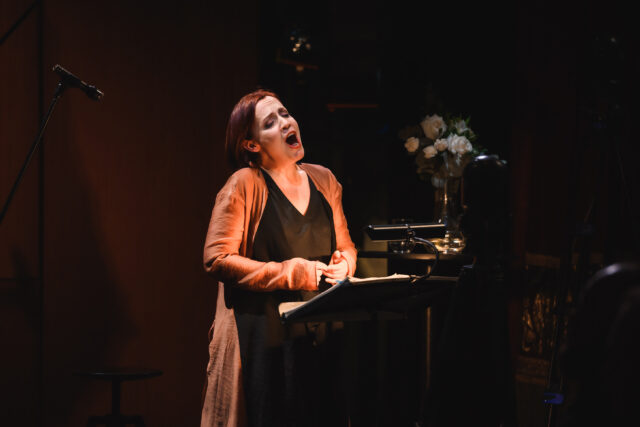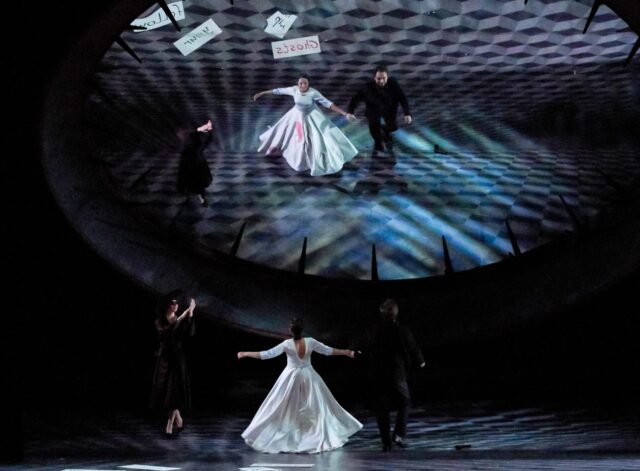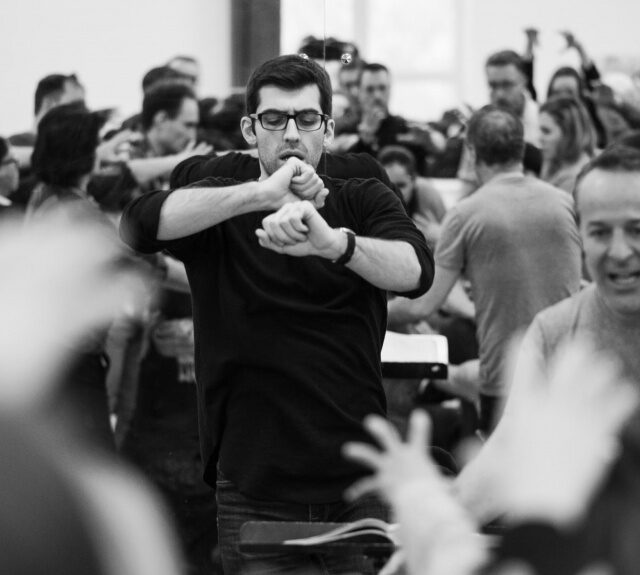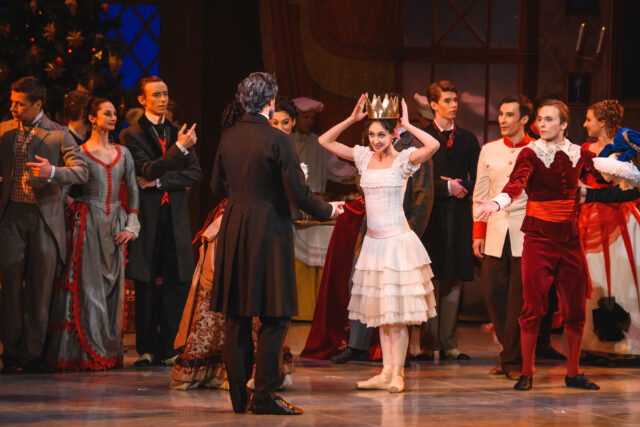Peter Sellars, the American theater director who has regularly transported classical opera to the modern world, is used to ruffling feathers with his unorthodox stagings.
The opening night here of his latest production of «The Indian Queen,» based on the unfinished opera by the English baroque composer Henry Purcell and first performed in 1695, was no exception. While the night ended with an ovation, some spectators booed at points and several left half-way.
Mr. Sellars said that the subject matter of «The Indian Queen,» which is about Spain’s American conquest and handling of indigenous people, was always going to make it difficult to win over the more conservative members of Madrid’s opera audience.
«Our job as artists is not to seek the easy way but to challenge society and open up some wounds, so that they can be cleaned rather than allow them to fester,» Mr. Sellars said in an interview the day after the production opened at the Teatro Real, Madrid’s opera house. «What we saw last night is that, even if the Conquista might not seem like a burning issue for Spain right now, wounds are slow to heal and music can touch people in places where some just don’t want to be touched.»
«The Indian Queen» is a production of Teatro Real, the English National Opera in London and the Opera of Perm, Russia, where it had its premiere in September. It is due to be staged in London next year. It has taken Mr. Sellars about two decades to turn the idea of staging Purcell into a reality. As part of the collaboration, it is performed by Perm’s opera orchestra and chorus, who sing Purcell’s music in English, and are led by the Greek conductor Teodor Currentzis.
Purcell died at 36, as he was working on «The Indian Queen,» after completing 50 minutes of the score. The adaptation by Mr. Sellars is three-and-a-half hours and combines the opera’s original music with several of Purcell’s religious anthems, as well as modern ballet and readings from Central American literature.
Mr. Sellars said spectators who responded negatively, especially to the end of the first part where Indians are machine-gunned by Spanish soldiers, «don’t understand that a work like this is about trying to complete a journey together through difficult issues and history.» As to the decision to lengthen considerably Purcell’s original work, Mr. Sellars explained: «This is an epic story and unlike extremist political parties that want to simplify everything, I want people to understand that long and intricate histories need to be understood as such.»
Mr. Sellars chose Purcell’s religious music, weaving it into the original score, to offset the fact that «the subject of Spain’s Conquista is usually treated only in a very materialistic way, all about how much gold was retrieved and how much territory was gained.» Instead, Mr. Sellars argued, «the spiritual questions are the more interesting aspects of the Conquista and the ones we should open ourselves to.»
Like Bach, Mr. Sellars said, «Purcell gave us not just sacred music of affirmation and dogma but of searching, doubt and questioning, which lends itself perfectly to the Conquista theme.»
He added: «It is the kind of music that helps understand what religious conversion at gunpoint can mean and how do you start worshiping overnight a new God, the day after your people have been massacred.»
The stage is adorned with colorful graffiti-like panels painted by Gronk, a Chicano artist who lives in Los Angeles, like Mr. Sellars. Mr. Sellars said he asked Gronk to «link Mayan markings and calligraphy with the street painting of our time, which is again a history and form of art that is under-represented and that the authorities are busy removing from our walls.» As a result, Gronk’s work «conveys the energy of the disappeared,» Mr. Sellars said.
«Listening to Purcell’s unfinished work, he added, «feels like the composer already has a foot in the next world.»
Some years ago he happened to read «The Lost Chronicles of Terra Firma,» a 1992 novel by the Nicaraguan writer Rosario Aguilar, which tells the story of six women who struggle with integrating the New and Old Worlds. Mr. Sellars found the novel so inspirational that he turned one of its characters into his Indian Queen and drew heavily on Ms. Aguilar’s text to write his own libretto.
Ms. Aguilar, 75, who has written a dozen books, traveled to Madrid for the opening night. Her interest in the history of Spain’s conquest was sparked while hiking as a 9-year-old girl with her father, who was then posted as the Nicaraguan ambassador to Guatemala. They visited villages and ruins across Guatemala, including the grave of Beatriz de la Cueva de Alvarado, the wife of the first Spanish governor of Guatemala. She briefly took over as governor after her husband’s death, but was then among the fatalities from a volcano eruption.
«I cried a lot for Beatriz and really wanted to know more about what had happened to her,» Ms. Aguilar said. «But what I soon found out is that, even though such women played a huge role in history, they then got almost no recognition and sometimes not even a single mention in our written history.»



